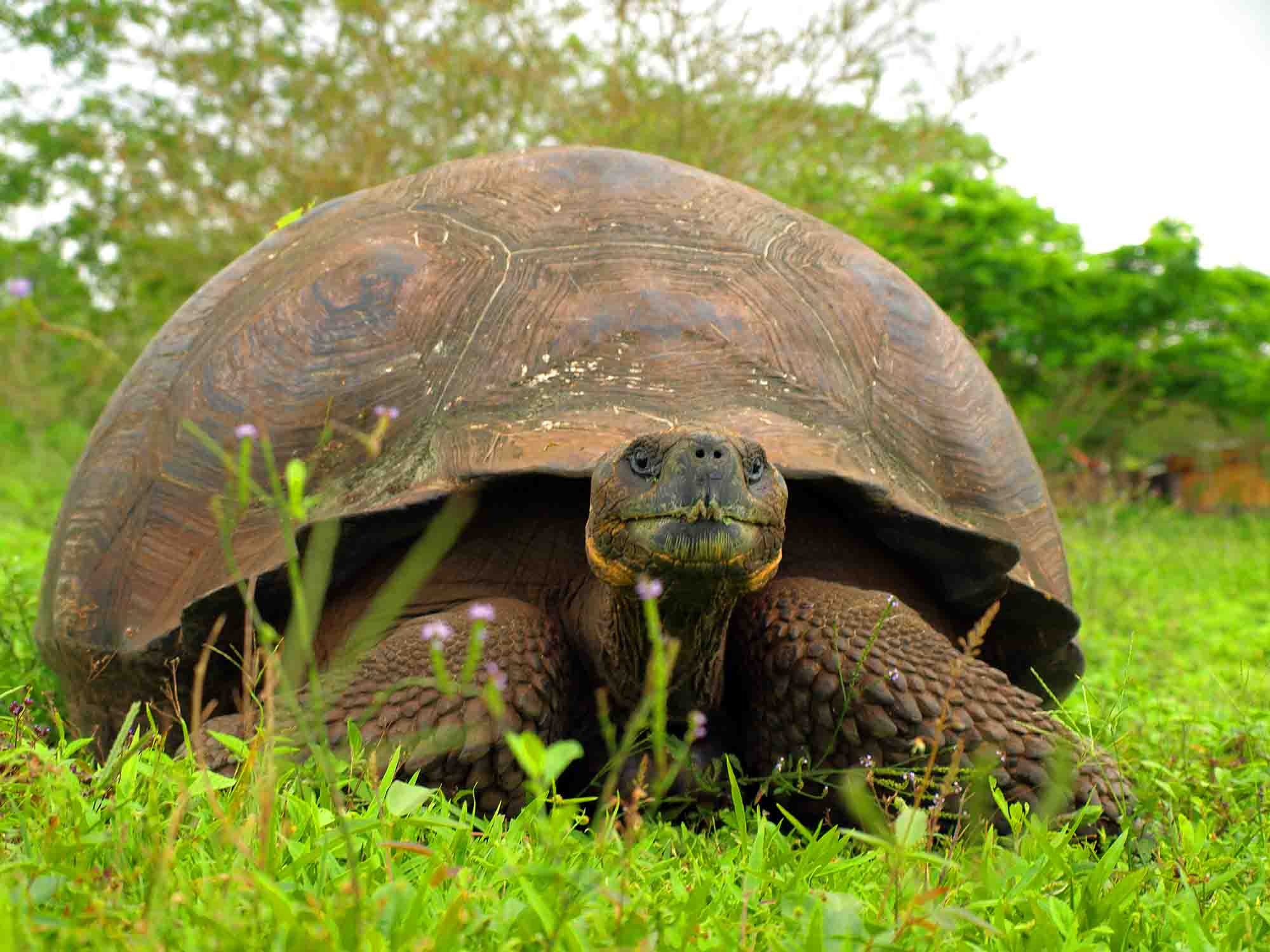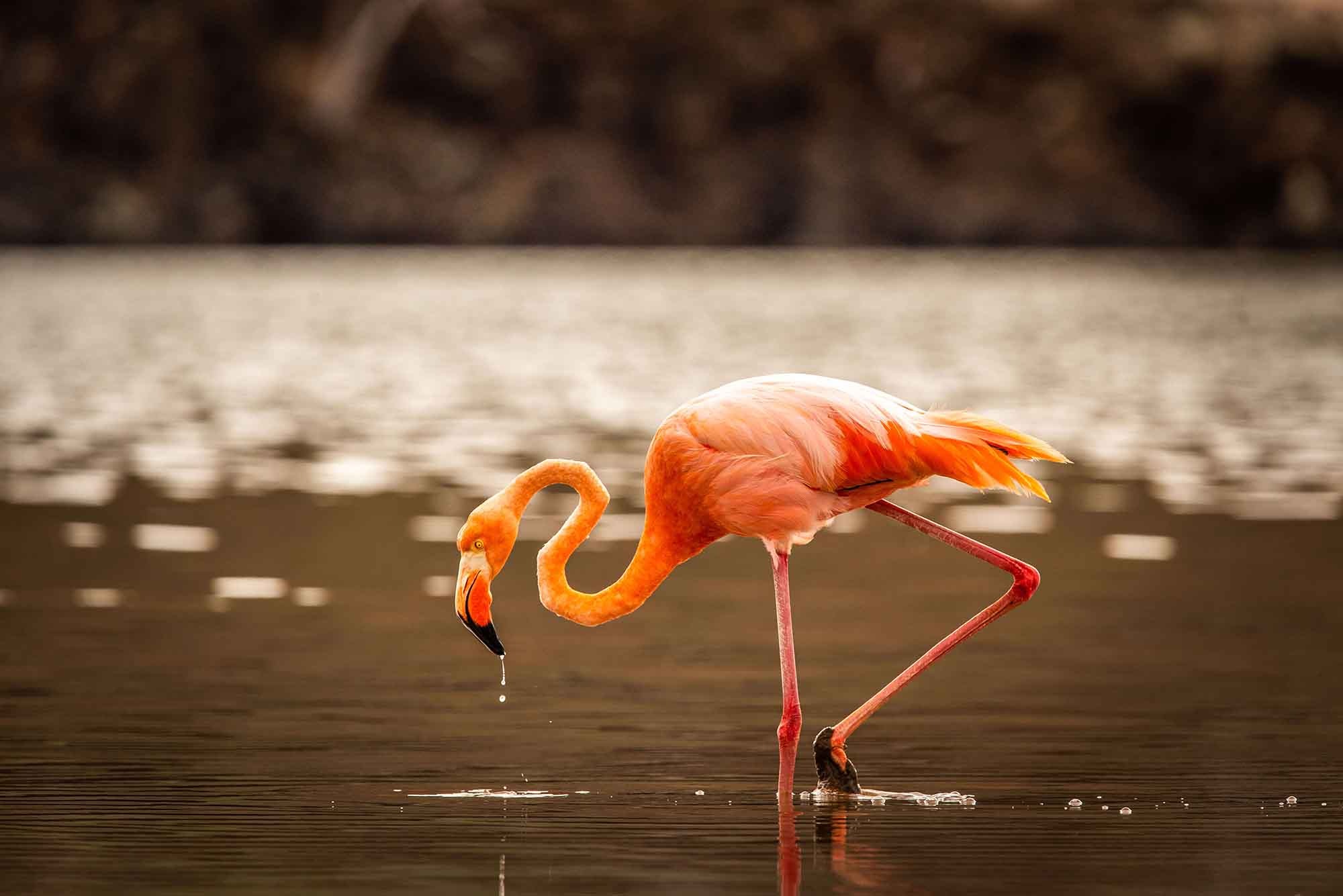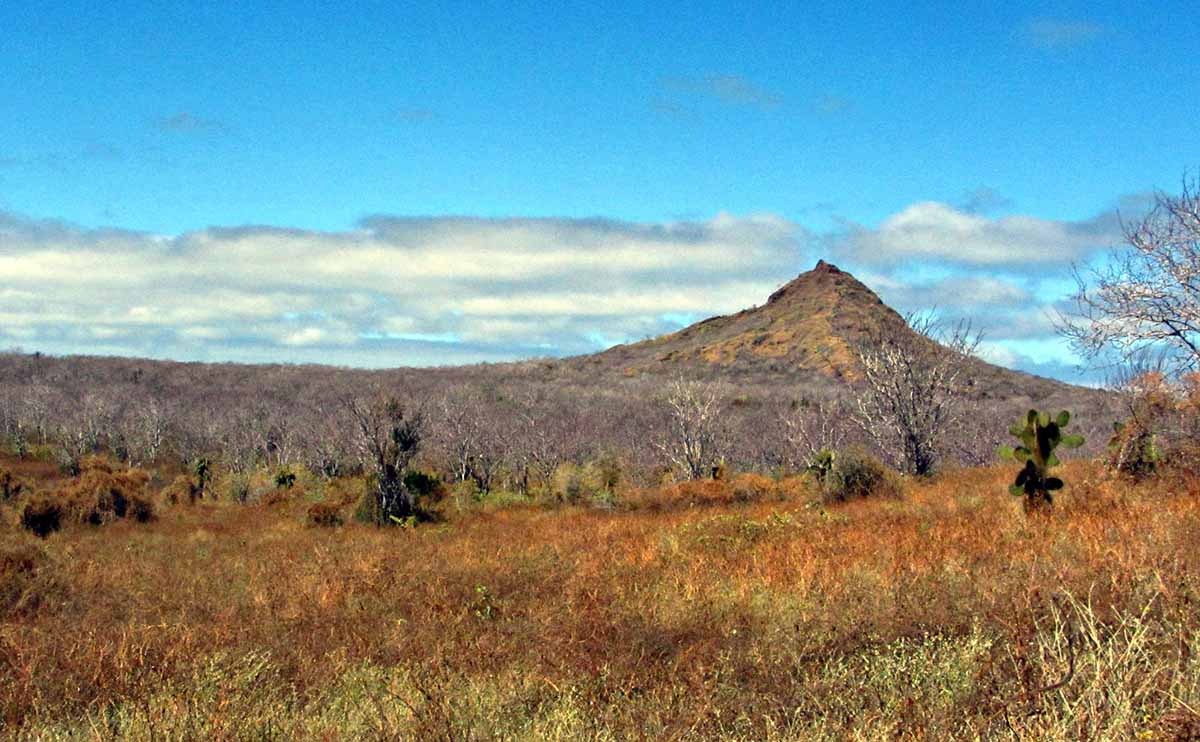Enchanted Galapagos Western Islands Cruise
AM: FLIGHT TO GALAPAGOS
Today marks the commencement of your journey to the Galapagos Islands. Please be advised that in accordance with the regulations set by the Galapagos Government, a fee of 20 USD is required for the migration control card.
Upon reaching Santa Cruz, passengers are obligated to undergo an inspection at the airport to ensure compliance with regulations prohibiting the introduction of foreign plants or animals to the archipelago. Furthermore, at this inspection point, passengers are required to make payments for entry into the Galapagos National Park, based on the following criteria as of September 2024: $200 for foreign passengers and $100 for children under 12 years old.
Our designated guide will meet you, taking charge of your luggage and assisting you to the bus that shuttles tourists to the ferries crossing the Itabaca Channel. Subsequently, another bus will transport you to the initial visit at Ranch Manzanillo. For this excursion, it is imperative that visitors wear comfortable walking shoes, lightweight clothing, a waterproof jacket, apply sunblock lotion, and carry a camera and repellent for the scheduled activities. The Ranch Manzanillo visit encompasses a picnic lunch, a brief walk, and culminates in boarding the Motor Catamaran. Adherence to these instructions is crucial for the seamless execution of this itinerary. Please note that passengers' luggage will be directly transferred to the Seaman Journey yacht.
Santa Cruz provides an excellent opportunity to observe the indigenous Galapagos Tortoises. Exploring the highlands offers more than just tracking tortoises, as there are numerous lava tubes, sinkholes, and craters awaiting exploration. Following this visit, the journey proceeds to the M/C Seaman Journey.
AM: MORENO POINT, ISABELA ISLAND
Situated on the northern coast of Isabela Island, between the Sierra Negra and Cerro Azul volcanoes, lies Punta Moreno. The trail traverses a Pahoehoe lava flow, characterized by solidified lava in corrugated or accordion-like formations, leading to a network of coastal lagoons. Diverse bird species inhabit the vicinity, with the lakes and mangroves serving as habitats for various avian life.
PM: FERNANDINA ISLAND, MANGLE POINT
Located off the eastern coast of Fernandina, Mangle Point offers a remarkable snorkeling experience and the opportunity to navigate through a grove of mangrove trees aboard a panga or zodiac. A half-mile hike is also an option. During your ride, anticipate encounters with sea lions, tortoises, pelicans, rays, and an array of bird species that populate the area.
AM: ISABELA ISLAND, URBINA BAY
Situated at the foot of Alcedo Volcano on the west coast, between Tagus Cove and Elizabeth Bay, Urbina Bay underwent a significant uplift in 1954, resulting in a land elevation of over 16 feet. The coastline extended half a mile outward, leaving marine life stranded on the newly formed shore. This area, rich in snorkeling opportunities, offers a path with a wet landing spanning approximately 3200m. Comprising sand, pumice, lava, coral, and vegetation, the trail showcases iguana burrows and provides an ideal habitat for red and blue lobsters.
Urbina Bay is a habitat for Darwin's finches, featuring larger land iguanas than those found on South Plaza Island and Galapagos. Wild tortoises, even out of season, can be spotted, sometimes dwelling at the island's base. Abundant vegetation, including chamomile and Rosewood, graces the landscape, with the standout feature being the beautiful flowers of Darwin's cotton, an endemic species in the Galapagos Islands.
PM: ISABELA ISLAND, TAGUS COVE
To the west of Darwin Volcano on Isabela Island lies Tagus Cove, a historically favored location for pirates and whalers. It is renowned for the tradition of inscribing boat names, with inscriptions dating back to the 1800s visible in a small cave at the trail's beginning. The cove's name originated from a British warship in 1814 seeking Galapagos Tortoises for sustenance. The substrate, shaped by past eruptions, features a plethora of volcanic rocks, including lapilli or petrified rain, small nearly spherical formations.
AM: FERNANDINA ISLAND, ESPINOZA POINT
Espinoza Point is a renowned destination celebrated for its vast colonies of marine iguanas and its status as the habitat for distinctive species such as the flightless cormorant, Galapagos penguin, Galapagos hawk, and Galapagos snake.
PM: VICENTE ROCA POINT
Punta Vicente Roca, situated on the northwestern coast of the Galapagos Islands, stands out as one of the most awe-inspiring and breathtaking locations in the archipelago. Characterized by high cliffs and formations of tuffstone, ash, and lava, this area exudes a majestic ambiance. Comprising two distinct islets, the large bay of Punta Vicente Roca boasts spectacular marine life.
Within this bay, encounters with seahorses, sea turtles, and the intriguing Mola-mola, or sunfish, are common. The bay is an excellent location for engaging in Panga Rides and Snorkeling. Visitors may also spot penguins, blue-footed boobies, terns, boobies, and sea lions. The opportunity to snorkel and observe sea turtles, stingrays, and pufferfish adds to the richness of the experience at Vicente Roca Point.
AM: SANTIAGO ISLAND, ESPUMILLA BEACH
Nestled on the northern coast of Santiago Island in James Bay, Espumilla Beach offers a captivating environment. During the last occurrence of the El Niño phenomenon, one of the two lagoons at this site underwent sedimentation, resulting in the disappearance of a significant colony of flamingos. Notable attractions include the palo santo forest and the nesting grounds for baby turtles.
PM: PUERTO EGAS, SANTIAGO ISLAND
Situated on the west side of the island, Puerto Egas boasts a striking black beach, the primary attraction of Santiago Island. Formed by volcanic tuff deposits, this unique black sand beach is a distinctive feature of the landscape.
Puerto Egas earned its name from an unsuccessful attempt to exploit salt in the area. The venture was abandoned due to the continent's low salt prices, rendering the Galapagos exploitation economically unfeasible. As a result, the project and its infrastructure were left deserted, creating an intriguing historical backdrop to the site.
AM: RABIDA ISLAND
Rábida Island stands out for its distinctive red-hued rocks and sand, a unique characteristic attributed to the porous volcanic material acted upon by external elements such as rain, salty water, and sea breeze, serving as oxidizing agents.
A brief stroll along a trail leads to a coastal lagoon behind the beach, offering opportunities to observe various land birds, including finches, doves, yellow warblers, and mockingbirds. The lagoon is also home to a vibrant colony of flamingos.
PM: CHINESE HAT - SOMBRERO CHINO
Situated just off the southeastern tip of Santiago Island, Chinese Hat, or Sombrero Chino, is a petite islet characterized by its recent volcanic cone shape, resembling a Chinese hat when viewed from the north. Lava formations on the west, formed under the sea and subsequently raised, feature coral heads on the lava.
This visit provides an excellent opportunity for interpreting geological features like lava tubes and flows. The landscape is adorned with colonies of sea lions, marine iguanas, and Galapagos penguins, creating a captivating environment for exploration.
AM: BLACK TURTLE COVE, SANTA CRUZ ISLAND
Embark on a tranquil dinghy ride to Black Turtle Cove, situated on the north coast of Santa Cruz, just west of Baltra, providing a serene glimpse into a secluded sanctuary within the Galapagos.
Upon reaching the cove, the boat gently cruises with the engines off, allowing for a silent exploration of the mangrove-enclosed haven. In these calm waters, sea turtles engage in feeding and mating activities, while three distinct shark species—the black-tip shark, the white-tip shark, and the Galapagos shark—grace the area.
Additionally, groups of spotted rays frequent the surroundings, accompanied by sightings of elegant egrets and herons, adding to the captivating biodiversity of Black Turtle Cove
Upon completion of your visit, you will be provided with transportation to Baltra airport, ensuring that you reach in time for your return flight to the mainland.




Included
- All programed visits as per itinerary with specialized naturalist bilingual guide
- Accommodation in twin/double cabin with private facilities (surcharge for suite)
- All meals on board, drinking purified water, coffee and tea
- Snorkeling equipment (fins, mask & snorkel) & sea-kayaks
- Transfers within the islands on cruise dates as per itinerary
- Personalized 24/7 assistance during tour
Not Included
- Airfare to/from Galapagos from/to Mainland Ecuador (to be added)
- Galapagos National Park Entrance Fee US$100 per person (in cash only upon arrival)
- Galapagos Migration Card US$20 in cash per person (at Mainland’s Airport)
- Alcoholic/soft drinks, personal expenses, extras, and tips
- All sizes wet-suits for rent on board (in cash)
- Travel, medical & cancelation Insurance and any services on Mainland
- Other services not specified in the program
Highlights
- Sea turtles, black-tip, white-tip, and Galapagos sharks, spotted rays, egrets, and herons contribute to the diverse wildlife.
- Visitors can observe land iguanas, red and blue lobsters, and various vegetation, including Darwin's cotton flowers.
- Espumilla Beach, with its red-hued rocks and sand, showcases a palo santo forest and a lagoon with flamingos.